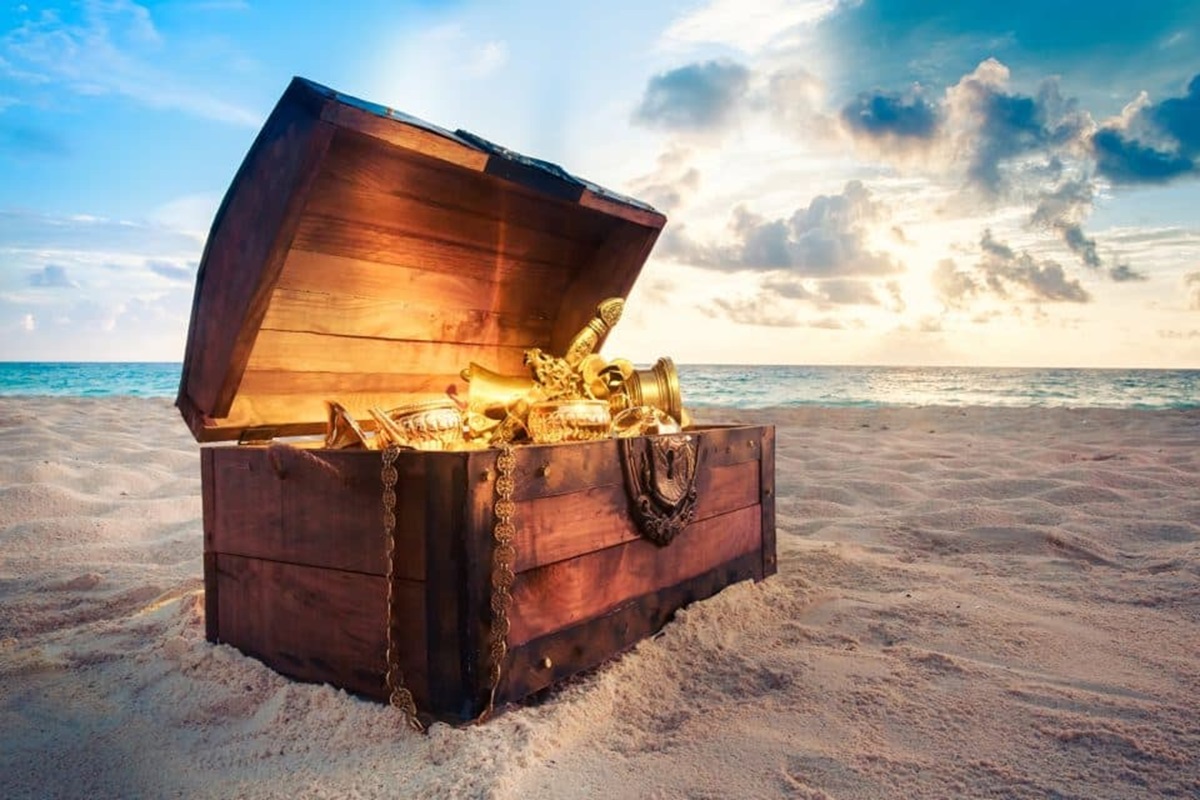Close your eyes and you can imagine a world in which gold is present in the cracks of the seafloor. Scientists have found an important way that seawater helps form gold and it is considered one of our planet’s most precious materials. A team of scientists journeyed to the northwestern British Columbia, where they set out to gather and study ancient ore-bearing rocks.

The deposit was initially formed in a submarine oceanic island arc about 183 million years ago, brought up from below by plate tectonic processes. The detailed study showed that the ancient geological artifacts were the result of the powerful oceans. The researchers tracked how seawater eventually percolated into the Earth’s crust. Researchers in his group determined how seawater had made its way down into the Earth’s crust. They combined with ore fluids before this interaction forged gold.
The research study’s co-author is Anthony Williams-Jones, who is a professor at McGill University in the Department of Earth and Planetary Sciences. “These rocks, dating back to the Early Jurassic period, are hosted in volcanic and sedimentary formations,” said Professor Williams-Jones. “Using high-resolution mass spectrometry, we decoded their unique chemical signatures. The finding of seawater-triggered gold is surprising.”
Finding gold in curdled milk
This discovery is not a standalone revelation. It follows a find from about six months back when the gold formation was discovered to be surprisingly akin to milk curdling, a widespread and well-understood process. Gold nanoparticles come together like proteins in milk.
Scientists more found that it lies with the sodium ions abundant in seawater. Sodium ions spur the gold nanoparticles to coalesce with a similar effect as the process of acid-making in the souring of milk. “In our new study, we found that sodium ions in seawater cause gold nanoparticles to clump together and it is acting like the acid in the souring of milk, and eventually forming gold veins,” said lead author Duncan McLeish.
Leave a Reply